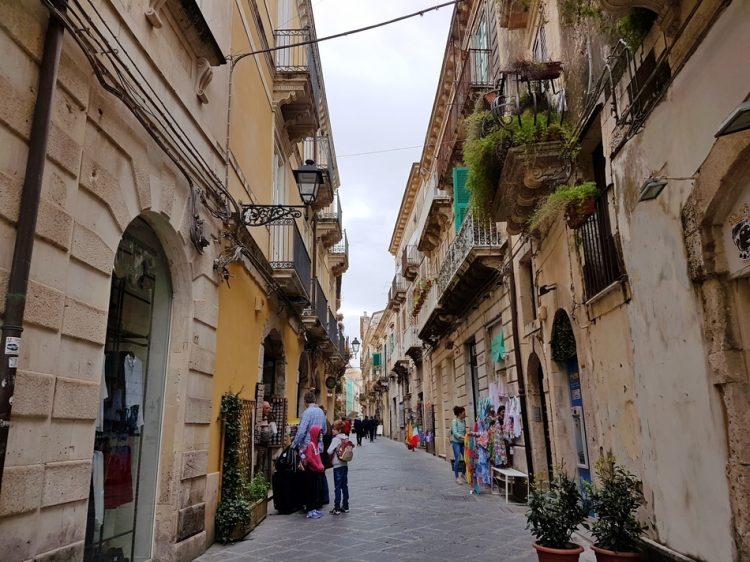
With Via Roma 14 we want to accompany you in the exploration of Ortigia, the island in the historic center of the city. 14 is the house number almost at the beginning of the street and houses one of the holiday homes of Baroque Apartments.
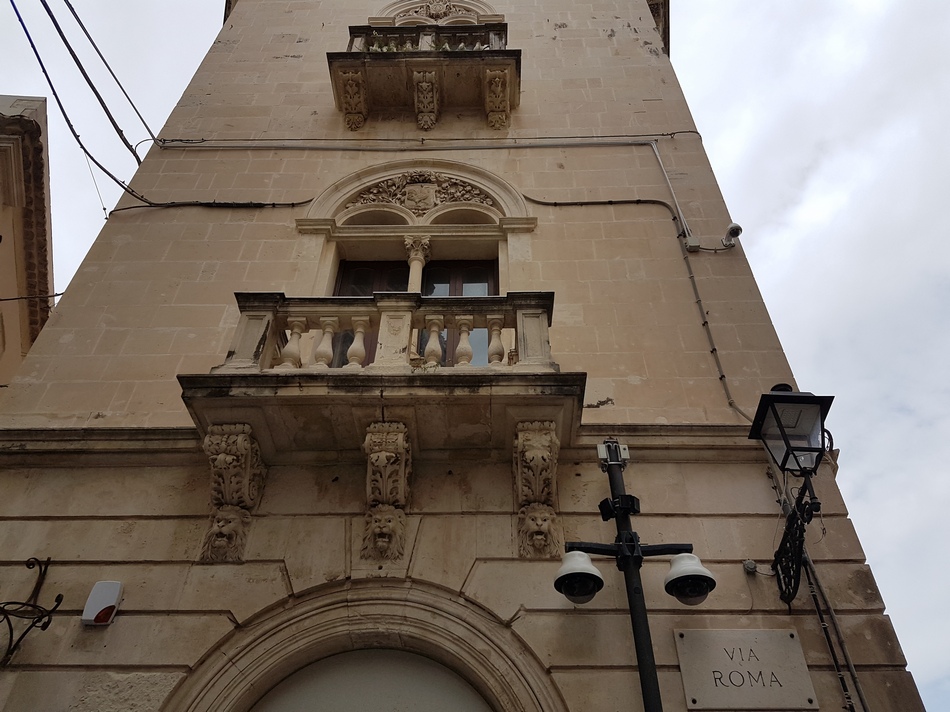
Today’s Ortigia, whose extension does not exceed one square kilometer, is divided into eight districts: Bottari, Giudecca, Graziella, Maestranza, Maniace, Mastrarua, Sperduta and last but not least, the Duomo.
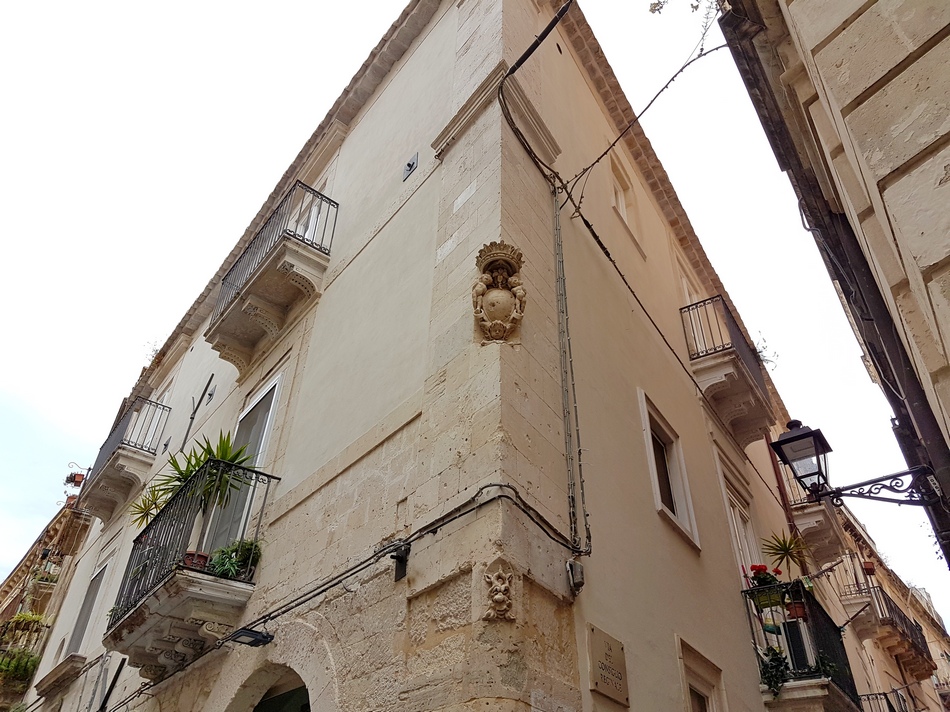
The Duomo area, an urban hub of the historic center, welcomes Via Roma, the road that branches off from Piazza Archimede, with the splendid fountain dedicated to Diana or Artemis, an ancient divinity of the classical Greek and Roman civilizations; Via Roma is a junction towards Via Minerva, overlooking Piazza del Duomo, then towards Via del Teatro, continuing, finally, towards the last stretch of the Lungomare di Levante.Via del Crocifisso is one of the most evocative streets of Ortigia, adorned with plants, welcoming and curvilinear, it is not crowded with shops and restaurants, but quiet: walking all the way up to Via Roma, then to U Spiazzu, the most important of the island, the Piazza del Duomo.
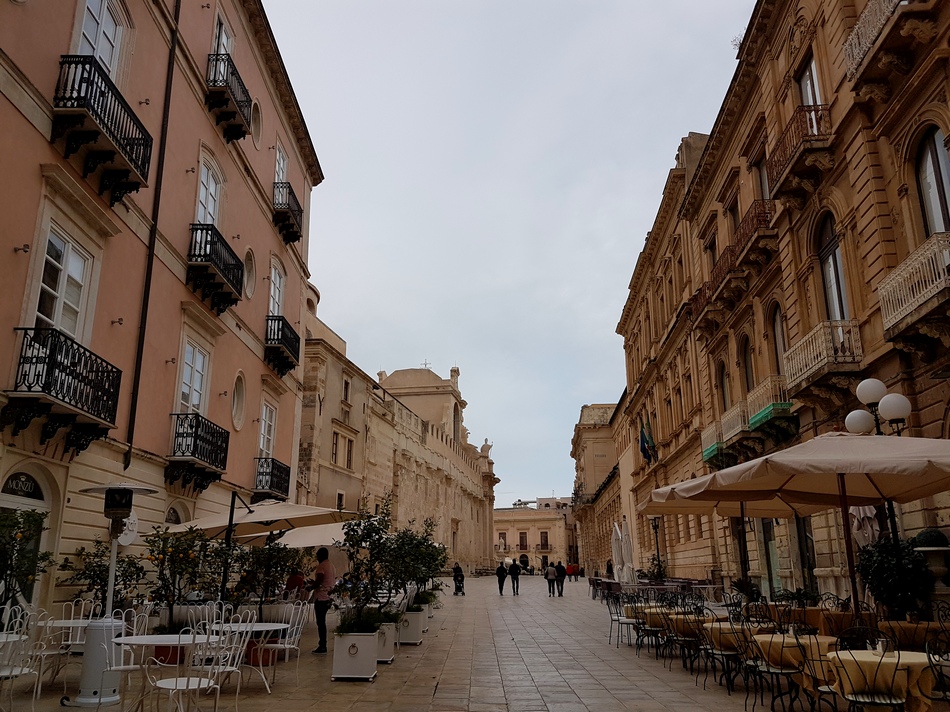
The current urban structure of Ortigia is due to the overlap of different historical periods, where some streets still retain memories of the medieval and fifteenth-century town and others have been transformed by the great and discussed civil works of the nineteenth century and the first half of the twentieth century. The Duomo district, as described in the sources published by Antonio Randazzo, is “delimited by the cardo (Via Roma) and the decumanus (Via Dell’Amalfitania) of the ancient Greek-Roman route. It is a rectangle characterized by short but wider streets, compared to those of the other districts, and almost all converging in the Piazza del Duomo. “.

This wide-ranging vision makes Via Roma and all the neighboring streets a pleasant place for walks, to enjoy the perspectives on the palaces and churches, all of different shapes, which chase each other up to the view of the seafront. The layout of the area is characterized by eighteenth-century buildings since much was rebuilt following the earthquake of 1693. “The residential architecture of the eighteenth century followed a very specific track from a compositional point of view: that of Vermex. The distribution system of Giovanni Vermexio’s palaces was in fact a constant reference model. The style of its churches had a minor influence and this is because the masters who came from outside brought church solutions from the Palermo school, the Roman one and also elements of the French Baroque.
What came out of the reconstruction was a homogeneous whole. “.
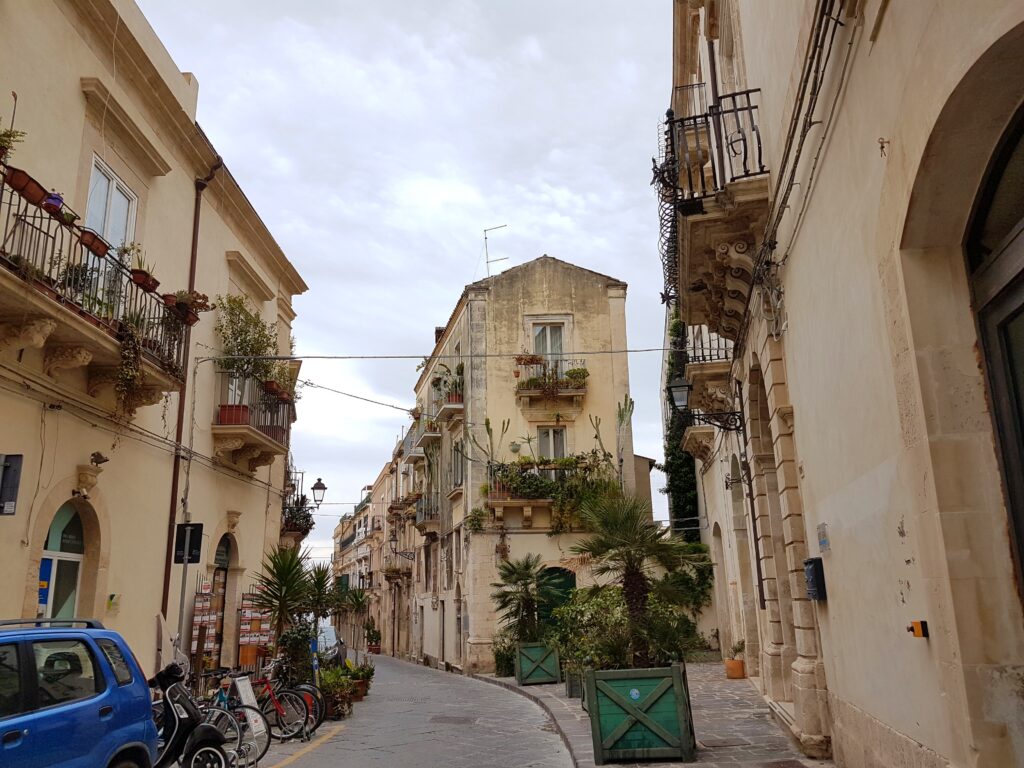
The clothing shops are attractive, the ice cream parlors are delicious, outdoor tables and small historic businesses, restaurants where you can sit down to enjoy excellent cuisine, some important souvenirs to take home, a newsstand right in front of the spacious balconies on the first floor. quiet floor of a historic building: this is Via Roma 14.
Do not forget to peek at the courtyards of the historic buildings Bellomo, Ardizzone and Oddo and the courtyard of the Palazzo della Provincia. Palazzo Vermexio, seat of the Municipality, the archaeological excavations of the Artemision. Enjoy the light and the pleasure of living in the center.
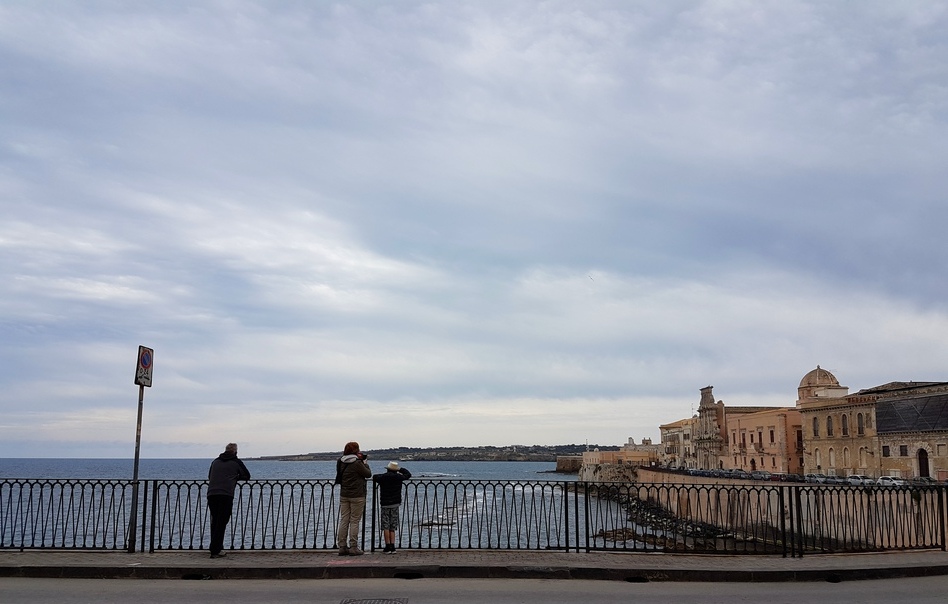
The natural beauty of this island, together with a calendar full of events all year round, make Sicily always a fantastic place to visit.
What are you waiting for?
Pagamenti accettati / We Accept



We are members of
